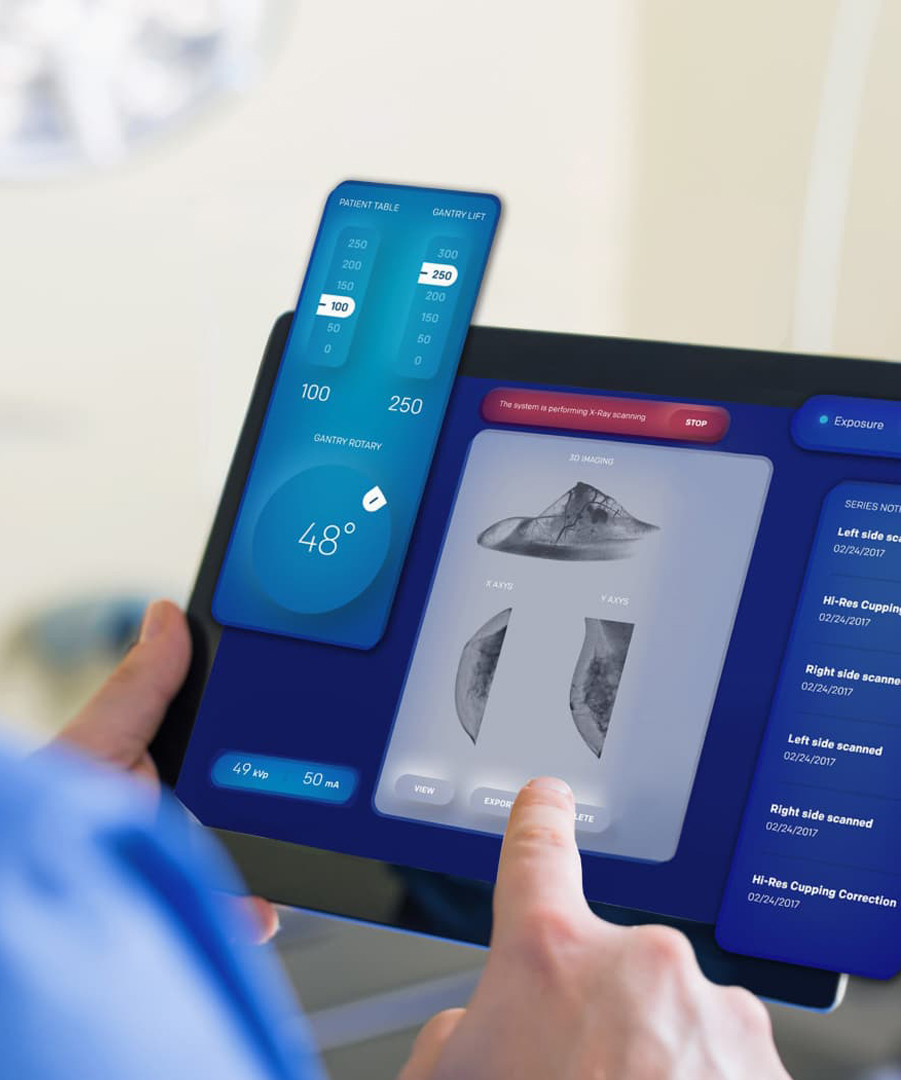


Water fire truck, also known as a fire engine or pumper, is a specialized vehicle designed to combat fires by transporting water, pumping high-pressure streams, and supporting rescue operations. Equipped with a large-capacity water tank (typically 500–3,000 gallons), water fire truck serves as a mobile water reservoir for initial fire suppression in areas lacking hydrant access.
Water fire truck integrates a high-capacity water tank, typically ranging from 500 to 3,000 gallons, coupled with a powerful pump system capable of discharging water at pressures exceeding 150 psi. Crew compartments are ergonomically designed to accommodate firefighters in full gear while ensuring rapid deployment.
Water fire trucks are primarily designed to combat structural and wildfires by delivering high-pressure water streams. Equipped with large-capacity tanks and powerful pumps, they can spray water directly onto flames or through specialized nozzles to create protective barriers. Beyond firefighting, these vehicles assist in rescues during floods, chemical spills, or building collapses.
Multifunctional Applications of Water Fire Trucks
Water fire trucks, essential components of urban emergency response systems, serve four primary functions in safeguarding public safety and infrastructure.
1. Fire Suppression and Containment
Equipped with high-capacity water tanks and pump systems, these vehicles rapidly extinguish flames in structural, industrial, or wildfire scenarios.
2. Emergency Rescue Operations
Beyond firefighting, these trucks assist in technical rescues during floods, earthquakes, or vehicular accidents. Their hydraulic tools and aerial ladders facilitate victim extraction from collapsed structures or submerged areas.
3. Community Water Supply Support
During municipal water system failures or droughts, fire trucks function as mobile water distribution units. They deliver potable water to residential areas, hospitals, and livestock farms, maintaining basic sanitation standards.
4. Preventive Risk Mitigation
Proactively, these vehicles conduct urban fire prevention through building sprinkler system testing and fire hydrant maintenance. In wildfire-prone regions, they execute controlled burns and create firebreaks using precisely modulated water curtains.